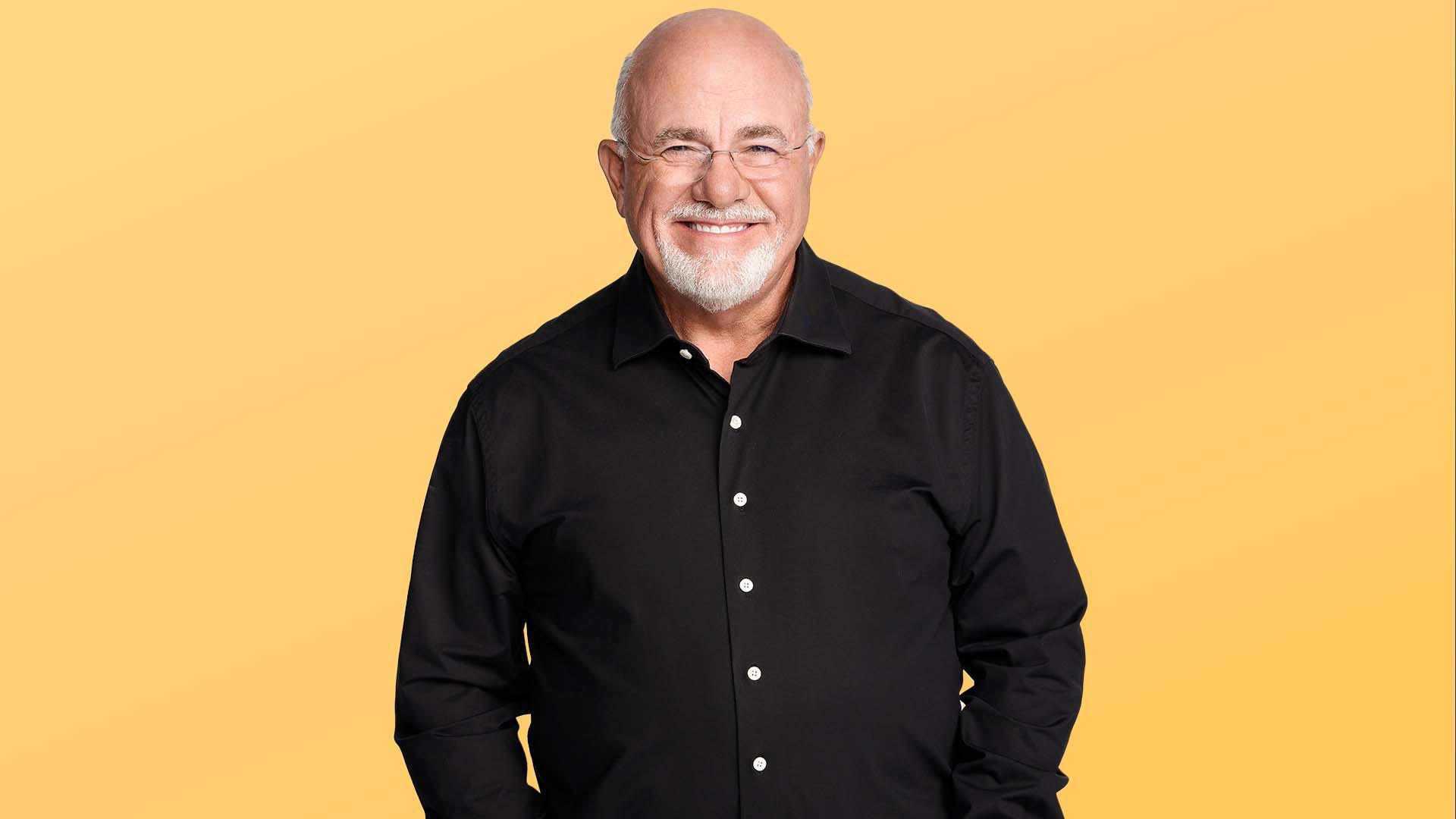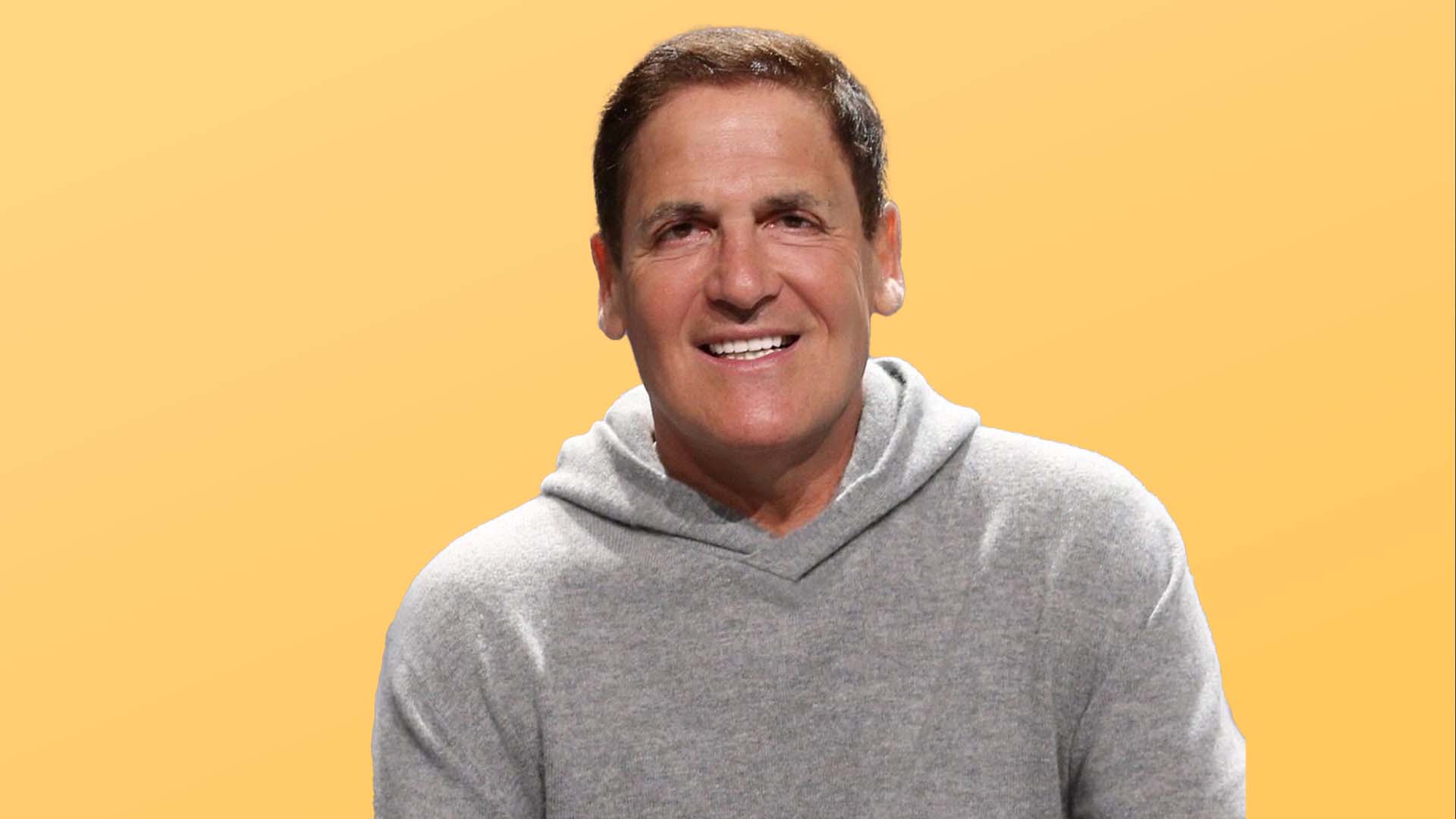Pay Down Debt or Save for Retirement? What Financial Experts Actually Recommend

Commitment to Our Readers
GOBankingRates' editorial team is committed to bringing you unbiased reviews and information. We use data-driven methodologies to evaluate financial products and services - our reviews and ratings are not influenced by advertisers. You can read more about our editorial guidelines and our products and services review methodology.

20 Years
Helping You Live Richer

Reviewed
by Experts

Trusted by
Millions of Readers
You’re juggling student loans, car payments, and credit card balances while trying to save for retirement — and you’re not sure which should come first. Should you prioritize getting rid of those balances, or is it more important to keep investing for retirement? This is the dilemma GOBankingRates reader Veronica brought to our Top 100 Money Experts series.
To help her think more clearly about her situation, we turned to Connor Bauserman, a financial planner at Preferred Financial Group who specializes in helping people navigate this exact question. He gave Veronica some clear points to consider and offered helpful insights to help her strike the right balance.
With total household debt in the U.S. reaching $18.39 trillion in the second quarter of 2025 and few Americans having significant retirement savings, this has become one of the most common dilemmas people face.
The General Rule of Thumb
Bauserman explains that when someone asks how much to contribute to their retirement fund while paying down debt, the standard answer is around 10%-15% of your income.
“That’s typically what’s needed to retire ‘on time’ — meaning by age 65 or earlier,” he said. “That’s assuming you’re entering retirement debt-free, mortgage paid off, and you’ve been investing consistently throughout your career to take advantage of compounding.”
But Bauserman is quick to point out that this is a very general answer — a starting point. “Everyone’s situation is different,” he said. “There are plenty of scenarios that can shift that number.”
Start With a Clear Budget Picture
The first step isn’t choosing between paying down debt or saving — it’s seeing where your money is really going.
“The first thing I look at is someone’s budget,” Bauserman said. “Is there extra cash flow to tackle debt? If not, where can we free some up? Once we’ve got that picture, I divide debt into two buckets: bad debt and traditional debt.”
He avoids calling anything “good debt” because that label can give people the wrong idea. “It makes it sound harmless, when in reality, any debt can hold you back financially if it’s not managed well,” he said.
Take a Deep Dive Into Debt Types
Bauserman further broke down the differences in debts:
Traditional Debts
These debts include your mortgage or student loans and tend to have lower interest rates and longer payback terms. He doesn’t usually recommend prioritizing them over retirement savings.
“Once bad debts are cleared and there’s extra room in the budget, then sure — put some extra payments toward student loans or your mortgage,” he said.
Bad Debts
These debts are high-interest or depreciating ones, such as credit cards, personal loans, car loans, boats, RVs and so on. “These are tough on your budget because you’re borrowing money for something that either loses value over time or carries double-digit interest,” Bauserman said.
If bad debt payments are straining your ability to cover essentials or save anything, then paying them off should come first, he said. “Sometimes that means making tough calls — like selling a vehicle or refinancing to lower a payment.”
For example, if you’ve got a $50,000 car loan with five years left, you might sell it, buy something more modest for $15,000, and aim to pay that off in a year or two. Then, use the extra cash flow from those lower payments (the “debt snowball”) to tackle your next goal — whether that’s other debt, your emergency fund, or retirement savings.
Always Capture Your Employer Match — Even While Paying Off Debt
Even if you’re focusing on debt payoff, try not to stop saving altogether, Bauserman urged. At the very least, contribute enough to get your employer’s match.
“If your employer matches up to 3%, and your long-term goal is 15%, that 3% match plus your own 3% contribution gets you to 6% total,” he said. While it may not be perfect, Bauserman points out that it’s far better than missing out on “free money” your employer is offering. “Skipping that match can cost you thousands over your career.”
When To Prioritize One Over the Other
If paying off your debt is going to take more than one to two years, you’re probably better off continuing to contribute to retirement rather than pausing. The longer you wait to start saving, the harder it is to catch up — because when it comes to investing, time is your biggest ally.
Bauserman laid out the numbers of consistent retirement saving: “If you start saving $5,000 a year at age 23 and earn a 10% return until 65, you’ll end up with about $2.8 million. Wait just three years and start at 26, and you’ll have roughly $2.05 million — a $749,000 difference,” he said. “That’s the power of time and compounding.”
Age, interest rates and debt type all factor into the decision, but generally, long-term investing shouldn’t take a complete backseat for too long.
Debt Is Heavy Luggage on Your Financial Journey
Bauserman says he doesn’t hate debt, but he feels it does make life harder. “Debt slows progress and adds weight to your financial goals.”
He likens debt to running a race in heavy boots and jeans instead of lightweight running attire.
“Debt works the same way,” he said. “The less ‘baggage’ you carry, the faster you can reach your financial goals. So, if you’re running that race with some debt weighing you down, just know — it’s still possible to finish strong. You might just need to change your clothes and shoes along the way.”
This article is part of GOBankingRates’ Top 100 Money Experts series, where we spotlight expert answers to the biggest financial questions Americans are asking. Have a question of your own? Share it on our hub — and you’ll be entered for a chance to win $500.
More From GoBankingRates
 Written by
Written by  Edited by
Edited by  Money Expert
Money Expert 








































































































